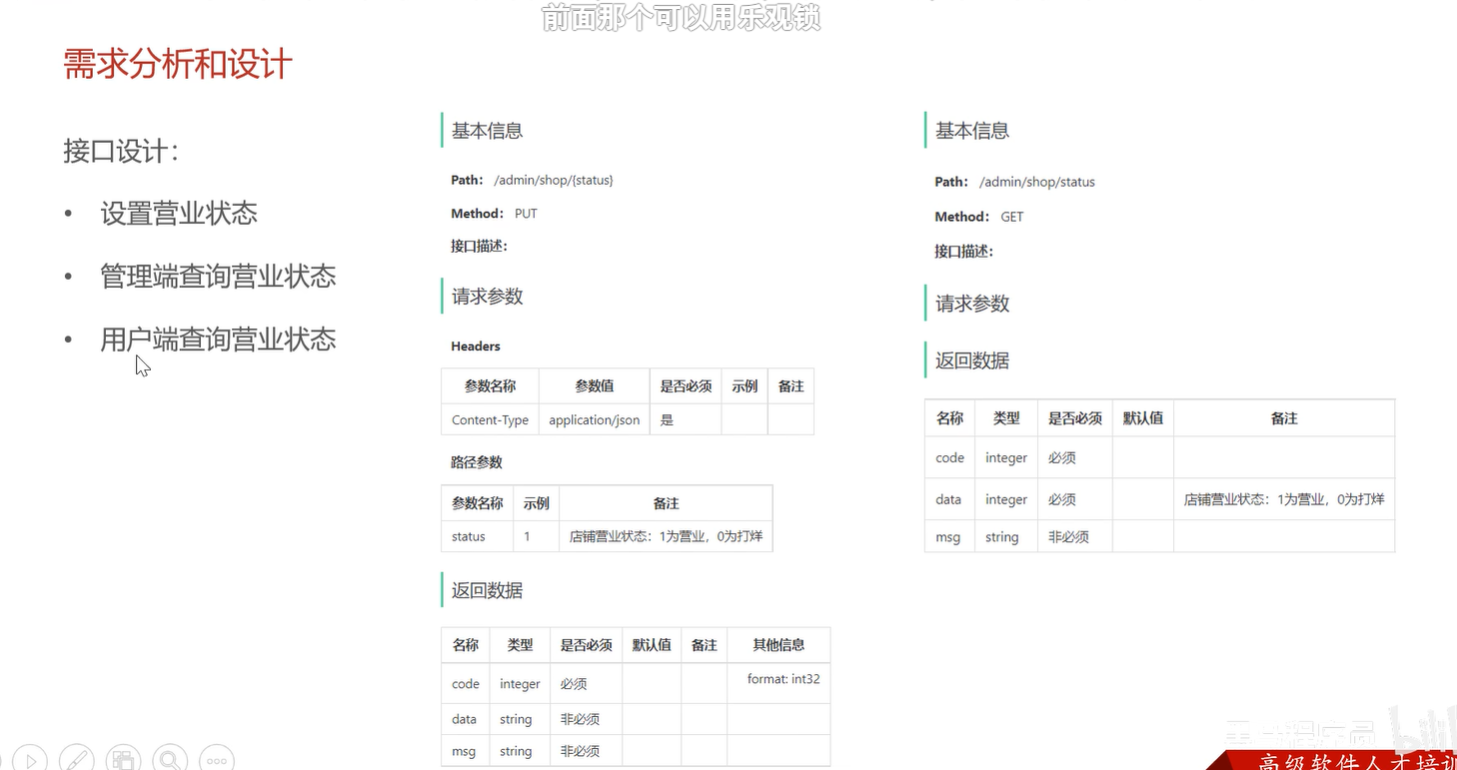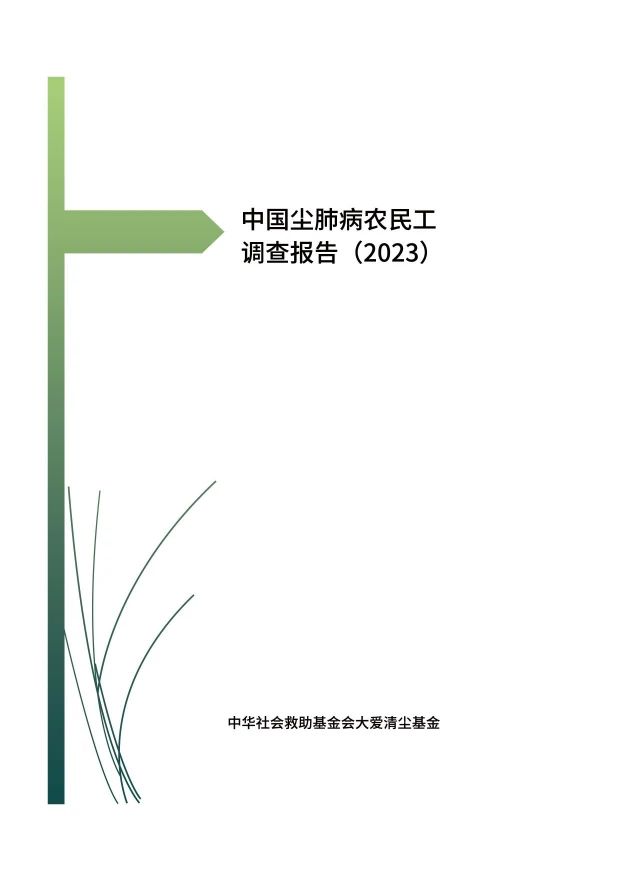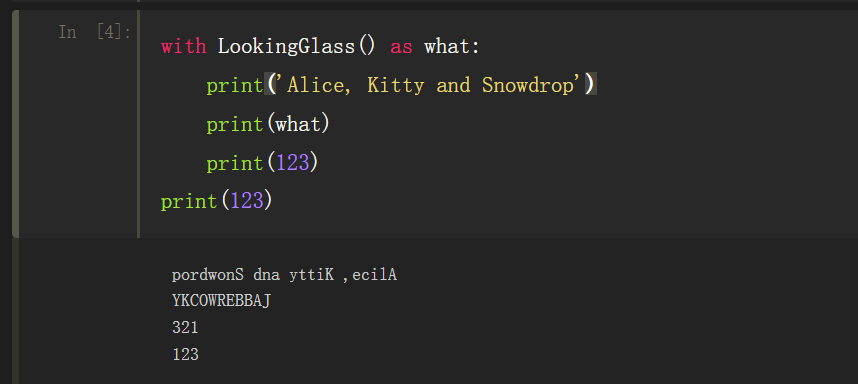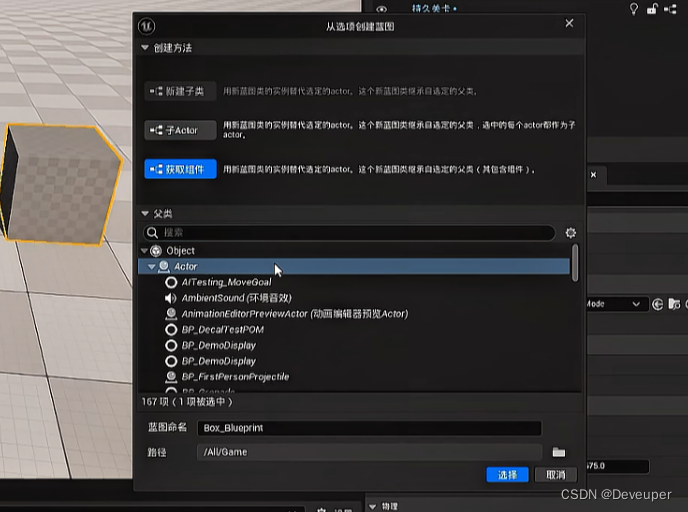AlgorithmStar 度量 计算组件
AlgorithmStar
本文将会基于 AlgorithmStar 1.40 以及以上的版本来演示,度量 计算 组件 的使用!
目录
文章目录
- AlgorithmStar 度量 计算组件
- 目录
- 获取到依赖库
- 度量计算组件 计算实例
- 距离计算代表 - 欧几里德距离计算组件
- 相似度系数计算代表 - 向量余弦距离计算组件
- 其它计算组件
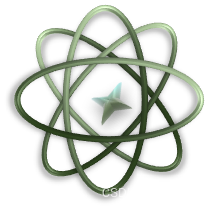
获取到依赖库
在这里我们直接通过 maven 来将依赖库文件导入到我们的项目中,只需要在 pom.xml 中输入下面的依赖坐标即可!
<dependencies>
<!-- Binding using the adapter of log4j2 -->
<dependency>
<groupId>org.apache.logging.log4j</groupId>
<artifactId>log4j-slf4j-impl</artifactId>
<version>2.20.0</version>
<!--<scope>provided</scope>-->
</dependency>
<!-- Log4j2 log facade -->
<dependency>
<groupId>org.apache.logging.log4j</groupId>
<artifactId>log4j-api</artifactId>
<version>2.20.0</version>
<!--<scope>provided</scope>-->
</dependency>
<!-- Log4j2 log real surface -->
<dependency>
<groupId>org.apache.logging.log4j</groupId>
<artifactId>log4j-core</artifactId>
<version>2.20.0</version>
<!--<scope>provided</scope>-->
</dependency>
<dependency>
<groupId>io.github.BeardedManZhao</groupId>
<artifactId>algorithmStar</artifactId>
<version>1.40</version>
</dependency>
</dependencies>
度量计算组件 计算实例
距离算法主要就是针对两个坐标之间的距离进行研究与计算,著名的欧几里德为例,距离算法的使用如下所示,其它计算组件的使用方式与欧几里得相同,其它组件在下面也有介绍。
| 计算组件类型 | 支持版本 | 功能 |
|---|---|---|
| io.github.beardedManZhao.algorithmStar.algorithm.distanceAlgorithm.EuclideanMetric | v1.0 | 计算欧几里得距离 |
| io.github.beardedManZhao.algorithmStar.algorithm.distanceAlgorithm.CanberraDistance | v1.0 | 计算堪培拉距离 |
| io.github.beardedManZhao.algorithmStar.algorithm.distanceAlgorithm.ChebyshevDistance | v1.0 | 计算切比雪夫距离 |
| io.github.beardedManZhao.algorithmStar.algorithm.distanceAlgorithm.CosineDistance | v1.0 | 计算向量余弦度量 |
| io.github.beardedManZhao.algorithmStar.algorithm.distanceAlgorithm.HausdorffDistance | v1.0 | 计算豪斯多夫距离 |
| io.github.beardedManZhao.algorithmStar.algorithm.distanceAlgorithm.ManhattanDistance | v1.0 | 计算曼哈顿距离 |
| io.github.beardedManZhao.algorithmStar.algorithm.distanceAlgorithm.MinkowskiDistance | v1.0 | 计算闵可夫斯基距离 |
| io.github.beardedManZhao.algorithmStar.algorithm.distanceAlgorithm.StandardizedEuclideanDistance | v1.0 | 计算标准化欧几里得度量 |
距离计算代表 - 欧几里德距离计算组件
此计算组件所计算的数值会随着数据的区别增大而增大,它返回的是距离!
package top.lingyuzhao;
import io.github.beardedManZhao.algorithmStar.algorithm.distanceAlgorithm.EuclideanMetric;
import io.github.beardedManZhao.algorithmStar.core.AlgorithmStar;
import io.github.beardedManZhao.algorithmStar.core.VectorFactory;
import io.github.beardedManZhao.algorithmStar.operands.coordinate.FloatingPointCoordinates;
import io.github.beardedManZhao.algorithmStar.operands.vector.IntegerVector;
/**
* @author zhao
*/
public final class MAIN {
public static void main(String[] args) {
// 构建两个向量对象 分别是 [ 1 2 3 4 5 6 7 8 9 10 ] 以及 [ 1 2 3 4 5 6 7 8 90 10 ]
final VectorFactory vectorFactory = AlgorithmStar.vectorFactory();
final IntegerVector integerVector1 = vectorFactory.parseVector(1, 2, 3, 4, 5, 6, 7, 8, 9, 10);
final IntegerVector integerVector2 = vectorFactory.parseVector(1, 2, 3, 4, 5, 6, 7, 8, 90, 10);
// 获取到计算组件 这个计算组件是 德式度量 计算组件
final EuclideanMetric<?, FloatingPointCoordinates<?>> euclideanMetric = EuclideanMetric.getInstance("euclideanMetric");
// 打印一下两个向量
System.out.println(integerVector1);
System.out.println(integerVector2);
// 构建一个 AS 库计算对象 我们只需要把 计算组件 和 被计算的操作数 传递给它就可以啦
final AlgorithmStar<?, ?> instance = AlgorithmStar.getInstance();
// 获取到 第一个向量与第一个向量的距离 不需要担心 toArray 的性能问题,其获取到的是向量对象中的引用
// TODO 因为我们在计算的时候是不需要进行修改的操作,因此我们可以直接获取到引用,请注意,如果需要修改的话,请使用 copyToNewArray 方法
final double trueDistance1 = instance.getTrueDistance(euclideanMetric, integerVector1.toArray(), integerVector1.toArray());
System.out.println(trueDistance1);
// 获取到 第一个向量与第二个向量的距离
final double trueDistance2 = instance.getTrueDistance(euclideanMetric, integerVector1.toArray(), integerVector2.toArray());
System.out.println(trueDistance2);
}
}
下面是计算结果
[ 1 2 3 4 5 6 7 8 9 10 ]
[ 1 2 3 4 5 6 7 8 90 10 ]
0.0
81.0
相似度系数计算代表 - 向量余弦距离计算组件
此计算操作中返回的是两个被比较对象的相似度,其越是接近1,就越是相似,在下面我们进行了一个演示。
package top.lingyuzhao;
import io.github.beardedManZhao.algorithmStar.algorithm.distanceAlgorithm.CosineDistance;
import io.github.beardedManZhao.algorithmStar.core.AlgorithmStar;
import io.github.beardedManZhao.algorithmStar.core.VectorFactory;
import io.github.beardedManZhao.algorithmStar.operands.vector.IntegerVector;
/**
* @author zhao
*/
public final class MAIN {
public static void main(String[] args) {
// 构建两个向量对象 分别是 [ 1 2 3 4 5 6 7 8 9 10 ] 以及 [ 1 2 3 4 5 6 7 8 90 10 ]
final VectorFactory vectorFactory = AlgorithmStar.vectorFactory();
final IntegerVector integerVector1 = vectorFactory.parseVector(1, 2, 3, 4, 5, 6, 7, 8, 9, 10);
final IntegerVector integerVector2 = vectorFactory.parseVector(1, 2, 3, 4, 5, 6, 7, 8, 90, 10);
// 获取到计算组件 这个计算组件是 向量余弦距离 计算组件
final CosineDistance<IntegerVector> cos = CosineDistance.getInstance("cos");
// 打印一下两个向量
System.out.println(integerVector1);
System.out.println(integerVector2);
// 构建一个 AS 库计算对象
final AlgorithmStar<?, ?> instance = AlgorithmStar.getInstance();
// 获取到 第一个向量与第一个向量的距离 不需要担心 toArray 的性能问题,其获取到的是向量对象中的引用
// TODO 因为我们在计算的时候是不需要进行修改的操作,因此我们可以直接获取到引用,请注意,如果需要修改的话,请使用 copyToNewArray 方法
final double trueDistance1 = instance.getTrueDistance(cos, integerVector1.toArray(), integerVector1.toArray());
System.out.println(trueDistance1);
// 获取到 第一个向量与第二个向量的距离
final double trueDistance2 = instance.getTrueDistance(cos, integerVector1.toArray(), integerVector2.toArray());
System.out.println(trueDistance2);
}
}
下面是计算结果
[ 1 2 3 4 5 6 7 8 9 10 ]
[ 1 2 3 4 5 6 7 8 90 10 ]
1.0664819944598338
0.6443030653556969
其它计算组件
在上面的例子中,我们演示的就是两种计算组件的代表,实际上,每一个计算组件都有其特别之处,在 AS机器学习库中,这类计算组件都属于 io.github.beardedManZhao.algorithmStar.algorithm.distanceAlgorithm.DistanceAlgorithm 类的子类,因此想要使用更多计算组件,您可以修改上面例子中的 “获取计算组件” 操作!
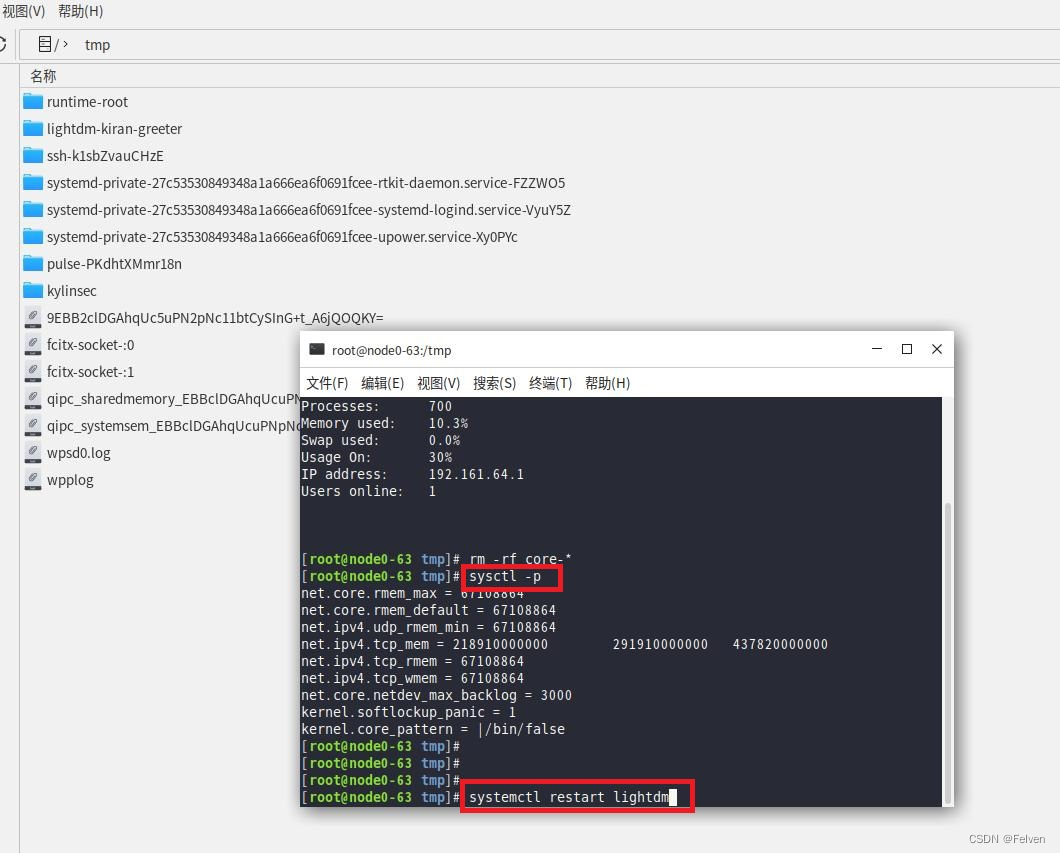

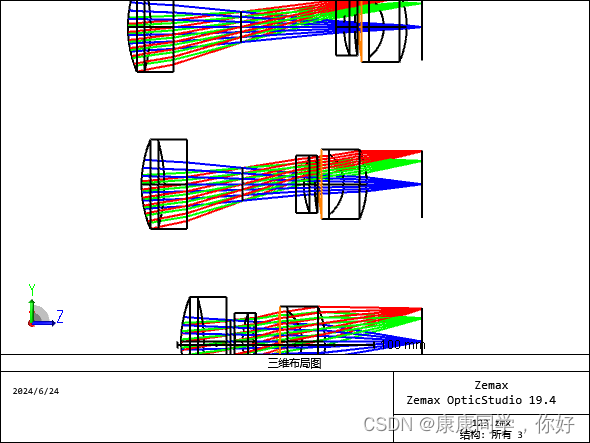






![[数据集][目标检测]花生米计数霉变检测数据集VOC+YOLO格式387张2类别](https://img-blog.csdnimg.cn/direct/40ae64aba6654f85ba6003f6b3897f5e.png)


